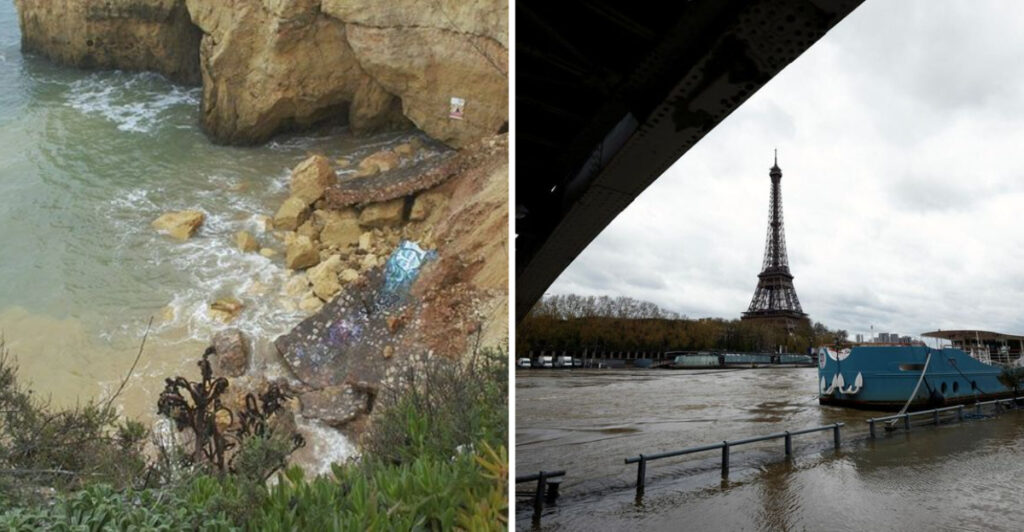Europe, with its rich history and picturesque landscapes, seems like a haven for travelers. However, beneath the surface, some countries harbor unexpected dangers. From environmental hazards to political uncertainties, these hidden threats may surprise even the most seasoned explorer. Here are 19 European countries where appearances can be deceiving.
Austria

Austria is famous for its stunning alpine landscapes. Yet, lurking beneath the snowy peaks is a menace that even seasoned hikers fear – avalanches. These sudden snow slides can turn a peaceful mountain trek into a perilous situation.
In winter, the risk increases as fresh snow accumulates on unstable layers. Despite the beauty, caution is advised when traversing these areas.
Did you know? Austria has one of the highest avalanche fatality rates in Europe, making it essential for adventurers to stay informed about weather conditions before embarking on alpine expeditions.
Norway
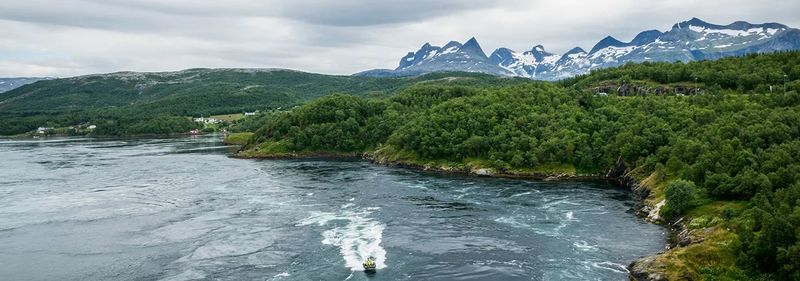
Norway’s fjords are a testament to the country’s natural beauty. However, beneath their serene surfaces lie powerful underwater currents that can catch swimmers and boaters off guard.
These currents can be particularly dangerous during certain tides and weather conditions, transforming a seemingly calm landscape into a treacherous one.
For those venturing into these waters, it’s crucial to understand local conditions and remain vigilant. Many underestimate these invisible threats, which can become life-threatening in minutes. Always consult local experts before planning any water activities in Norway’s fjords.
Italy
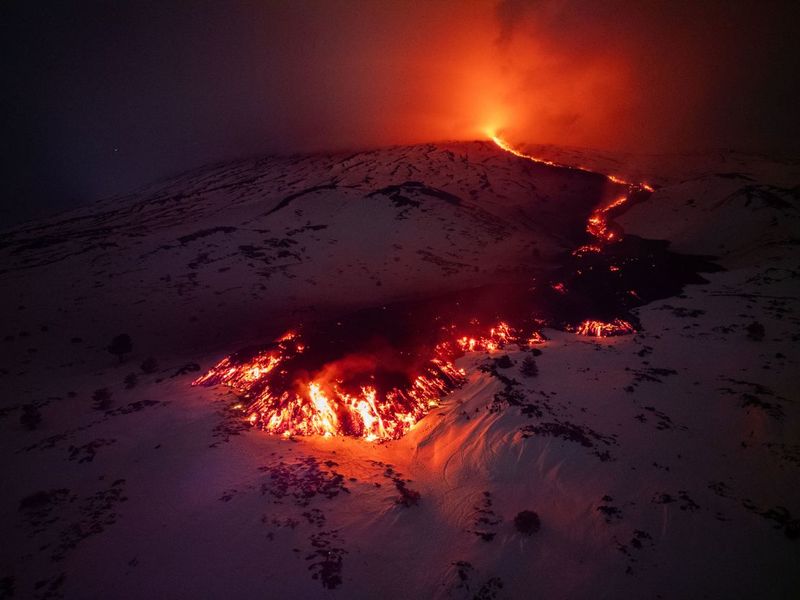
Italy, renowned for its art, culture, and cuisine, also houses some of the world’s most active volcanoes. The picturesque landscapes around Mount Vesuvius and Etna mask a volatile secret.
These sleeping giants can awaken with little warning, posing significant risks to nearby communities and tourists.
Despite stringent monitoring systems, the unpredictability of volcanic activity means residents and visitors must remain aware. Having an emergency plan can be vital when exploring these beautiful yet dangerous regions.
For thrill-seekers, the allure is undeniable, but the peril is real.
France
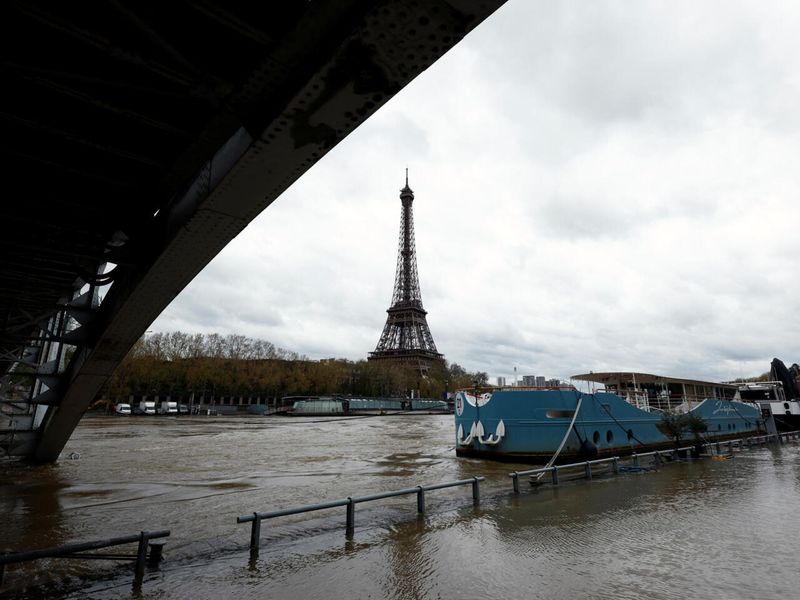
The rivers of France, like the Seine, are iconic and central to its landscape. Nonetheless, pollution is a growing concern, affecting water quality and local ecosystems.
Agricultural runoff and industrial waste contribute significantly, leading to potential health risks for communities relying on these waters.
Efforts to combat pollution are ongoing, but challenges remain. Travelers should be cautious when engaging in water activities and opt for regions known for cleaner waters. Pollution can often be invisible, but it poses a significant threat to both health and the environment.
Germany
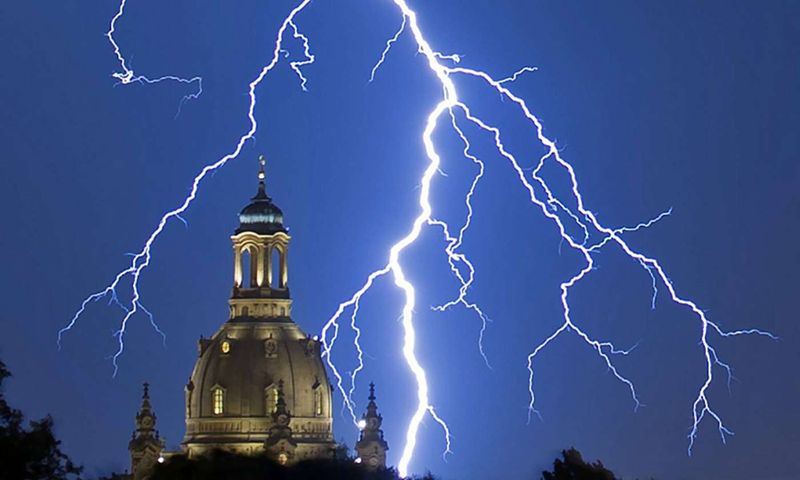
Germany experiences some of the most intense lightning storms in Europe, especially during summer. These storms can disrupt urban life and pose risks to outdoor activities.
Lightning can strike unexpectedly, causing injuries and even fatalities. The unpredictable nature of these storms means preparedness is key for those venturing outdoors.
Germany’s advanced warning systems help mitigate risks, but travelers should still be aware and take precautions during stormy weather. Staying indoors and avoiding high ground is advisable when you hear thunder.
Greece
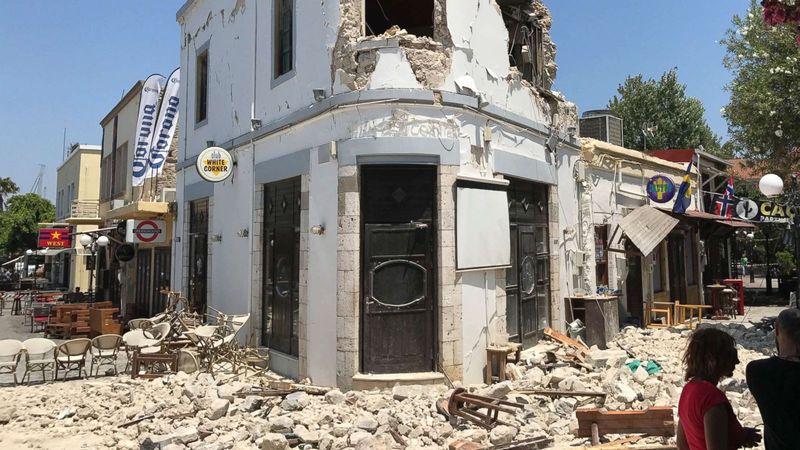
Greece’s idyllic islands are not just tourist hotspots; they are also located in one of Europe’s most seismically active regions. Earthquakes can occur with little warning, causing significant damage and posing risks to life.
The country’s rich history means many ancient structures are vulnerable to quakes, adding another layer of complexity to the threat.
For visitors, understanding local safety protocols and being prepared can make a significant difference in such events. While the beauty of Greece’s islands is undeniable, the potential for earthquakes is a hidden danger.
Spain
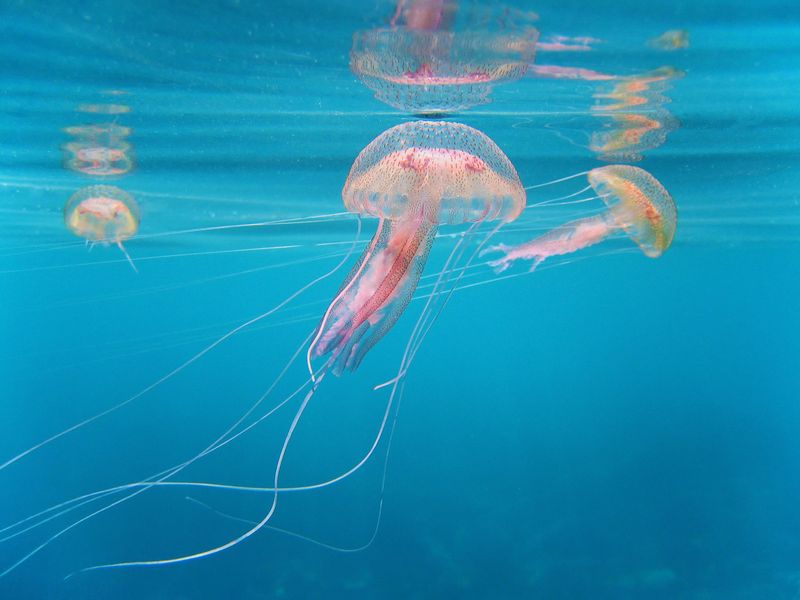
Spain’s sunny beaches attract millions, but the waters can conceal swarms of jellyfish. These creatures, often hard to spot, can deliver painful stings, resulting in serious health issues for the unsuspecting swimmer.
Climate change and overfishing have increased jellyfish numbers, exacerbating the issue.
While local authorities often post warnings, not all areas are monitored. Swimmers should remain cautious and seek treatment promptly if stung. The inviting waters of Spain are tempting, but they hide this stinging menace.
Sweden

Sweden’s lush forests and serene lakes are perfect for outdoor adventures, yet they harbor a tiny danger: ticks. These insects can transmit diseases like Lyme disease and tick-borne encephalitis.
The risk is greater during warmer months when ticks are most active.
Visitors should use insect repellent and conduct regular tick checks, especially after spending time in grassy or wooded areas. Although small, ticks can cause significant health issues, making vigilance essential in Sweden’s great outdoors.
Portugal
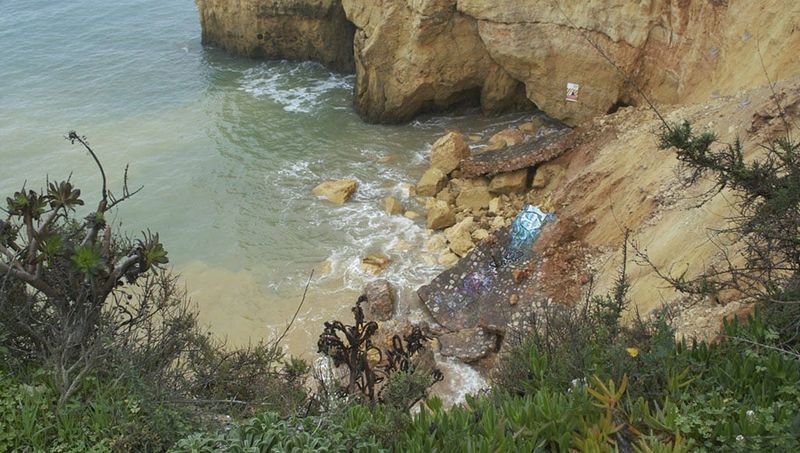
Portugal’s dramatic cliffs and coastal landscapes are breathtaking, but they are also prone to rockfalls. Loose rocks can detach without warning, posing risks to hikers and beachgoers below.
Weathering and erosion contribute to this natural hazard, particularly after heavy rainfall or strong winds.
Caution is advised when exploring these magnificent but unpredictable terrains. Adhering to local safety guidelines can help prevent accidents in these picturesque yet perilous locations. Portugal’s natural beauty is captivating, but always respect warning signs and boundary markers.
Switzerland
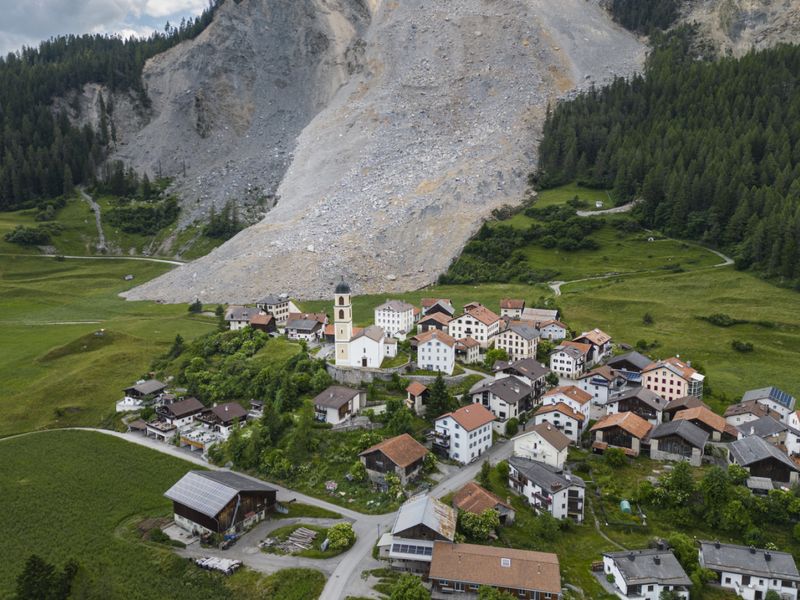
Switzerland’s rolling hills and valleys are postcard-perfect, yet they are susceptible to landslides. These sudden movements of earth can devastate communities and disrupt transportation networks.
Heavy rain and melting snow increase the likelihood of such events, making certain areas particularly vulnerable.
Understanding the risks and heeding local advice is crucial for travelers in these regions. While the Swiss landscapes are enchanting, their stability can be deceptive. Always stay informed about weather conditions and heed local warnings when exploring these areas.
Ireland
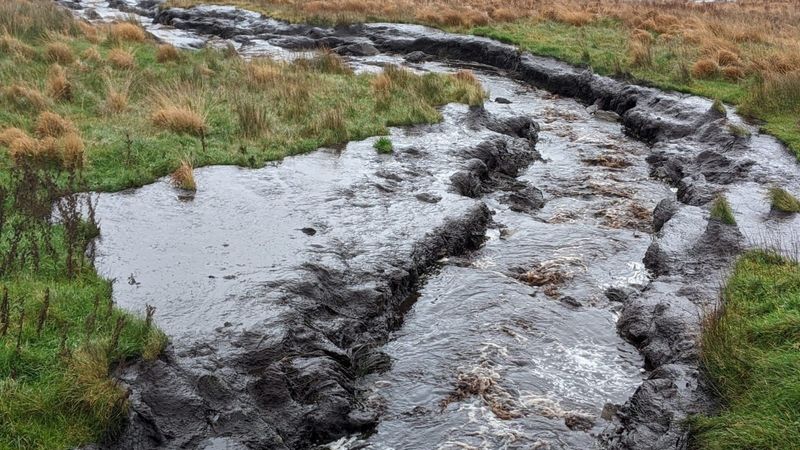
Ireland’s lush green bogs are a defining feature of its landscape, but they can also be treacherous. Bogs, with their waterlogged soil, can appear solid but are often unstable, posing risks to unwary walkers.
Those venturing into these areas should stick to marked paths to avoid getting trapped in the mud.
The beauty of Ireland’s countryside is undeniable, yet caution is necessary in these deceptively dangerous zones. Always respect the natural environment and prioritize safety when exploring Ireland’s enchanting but risky boglands.
Netherlands
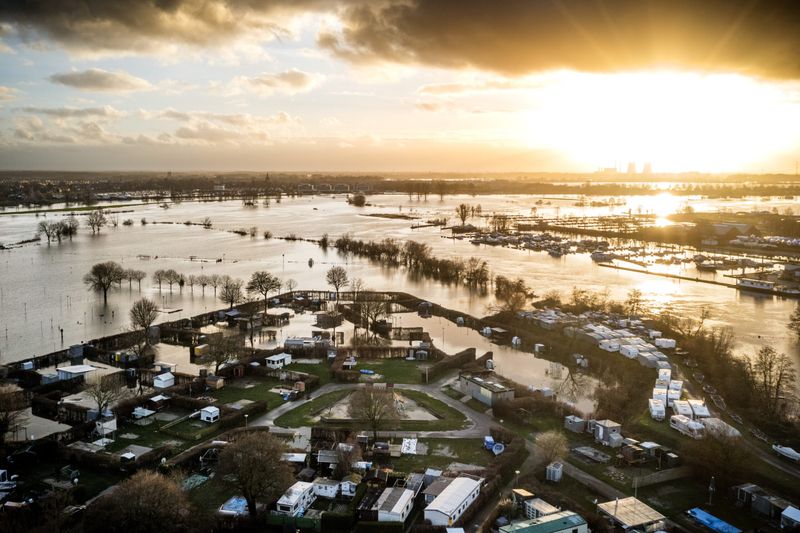
The Netherlands is famous for its canals and waterways, but these also present a hidden flooding threat. Despite advanced water management systems, extreme weather can overwhelm them, leading to significant flood risks.
Rising sea levels and unpredictable weather patterns exacerbate these dangers, making it crucial for residents and visitors to stay informed.
The Dutch have an impressive history of water management, yet nature remains unpredictable. Always be prepared for sudden changes in weather and heed local warnings when near water.
Belgium
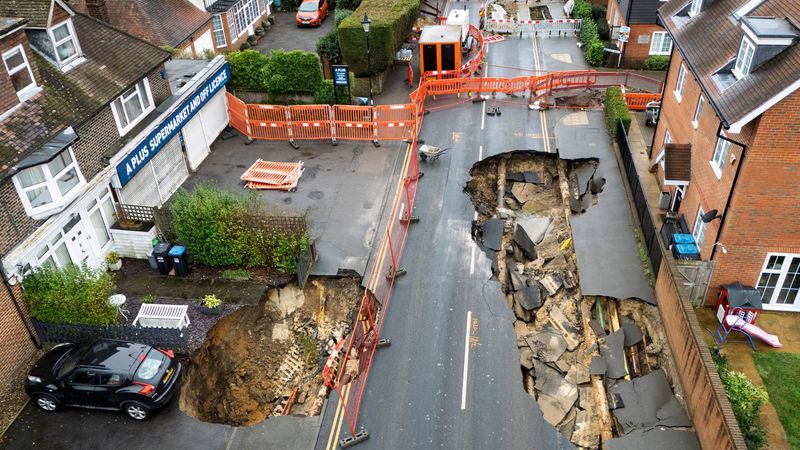
Belgium’s serene countryside seems idyllic, yet sinkholes can appear without warning, swallowing up roads and buildings. The country’s geology makes certain areas prone to these sudden subterranean collapses.
Heavy rainfall and ground water erosion contribute to the formation of sinkholes, turning the landscape into a hidden hazard.
Visitors should be cautious, especially in regions known for such occurrences. While Belgium’s charm is enticing, its terrain can be unexpectedly dangerous. Staying informed and vigilant is key to enjoying this beautiful country safely.
Denmark
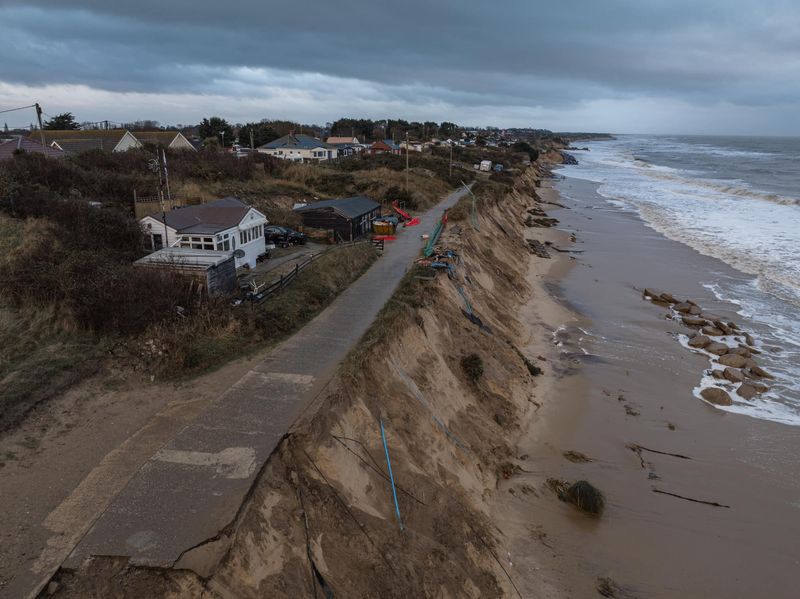
Denmark’s coastlines, though tranquil, face significant erosion threats. The harsh North Sea weather gradually eats away at the land, posing risks to coastal communities and ecosystems.
Erosion can lead to landslides and loss of property, making it a growing concern for residents and authorities alike.
Efforts to combat erosion are ongoing, but travelers should be aware of restricted areas and respect safety guidelines. Denmark’s coastal beauty is undeniable, but the erosion threat demands respect and caution from all who visit.
Finland

Finland’s winter wonderland attracts many, yet its extreme cold can lead to hypothermia if unprepared. The biting cold, especially in remote areas, can be life-threatening without proper clothing and gear.
Hypothermia can set in quickly, turning an enjoyable adventure into a dangerous ordeal.
Visitors should dress in layers and be aware of the signs of hypothermia. Finland’s pristine landscapes are alluring, but respecting the power of nature is essential for a safe experience.
Poland
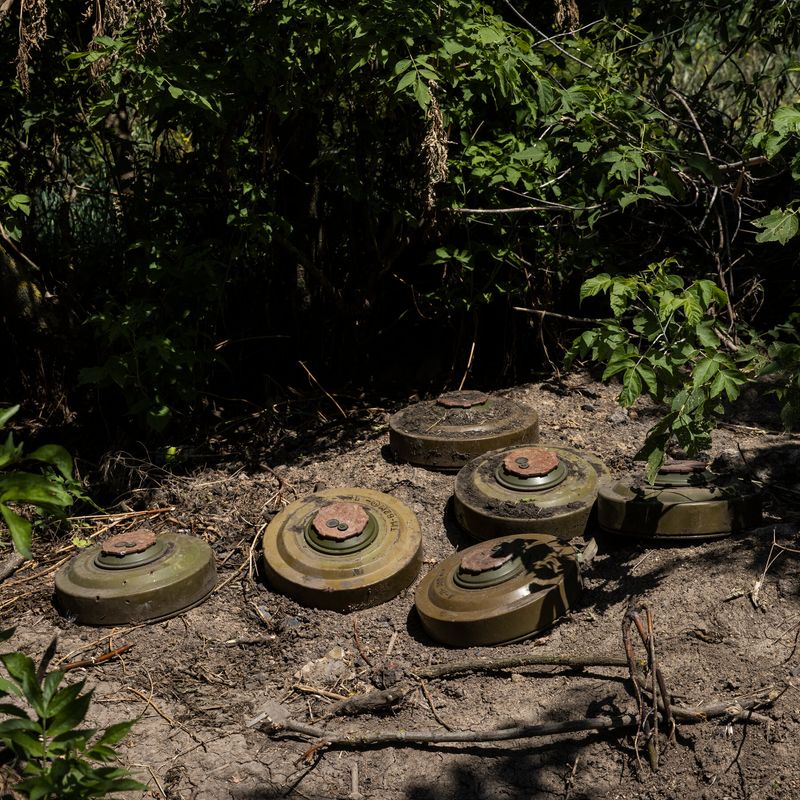
Poland’s countryside, with its rolling fields and forests, hides a dangerous legacy: unexploded mines from past conflicts. These remnants pose serious risks to unsuspecting explorers.
Efforts to clear these dangerous relics continue, but not all areas are safe.
Travelers should stick to marked paths and heed local warnings. Poland is rich in history and beauty, but caution is necessary to avoid these hidden dangers. The past’s shadow remains, making vigilance a priority.
Czech Republic

The forests of the Czech Republic, though scenic, are becoming increasingly prone to wildfires. Climate change has led to drier conditions, escalating the risk of fires.
These fires can spread rapidly, endangering both wildlife and human life. Visitors should be cautious and adhere to fire safety guidelines when exploring these areas.
Despite the tranquility, the threat of wildfires is an ever-present danger. Preparedness and respect for nature’s power are vital when visiting the Czech Republic’s beautiful but vulnerable forests.
Hungary
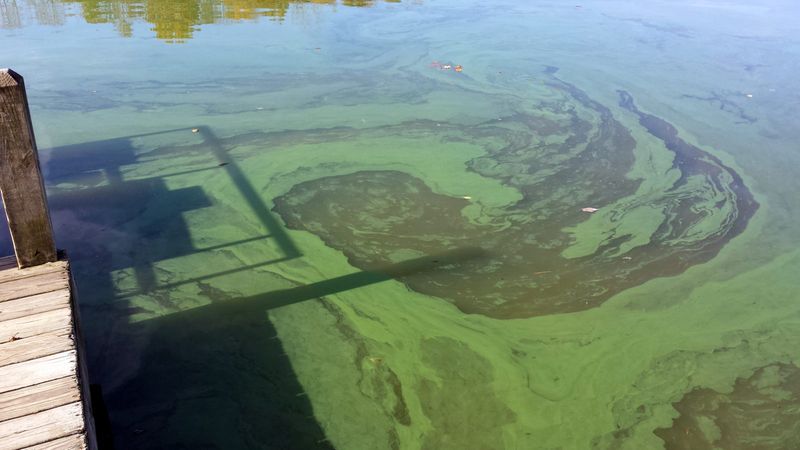
Hungary’s lakes, like Balaton, are popular for recreation, yet they can harbor harmful algae blooms. These blooms, often invisible, can produce toxins that affect both wildlife and humans.
Nutrient runoff and warm temperatures exacerbate the problem, making certain times of year riskier.
Visitors should heed local advisories before swimming or boating in affected areas. Hungary’s lakes are inviting, but the hidden threat of algae blooms means caution is essential for a safe and enjoyable experience.
Iceland
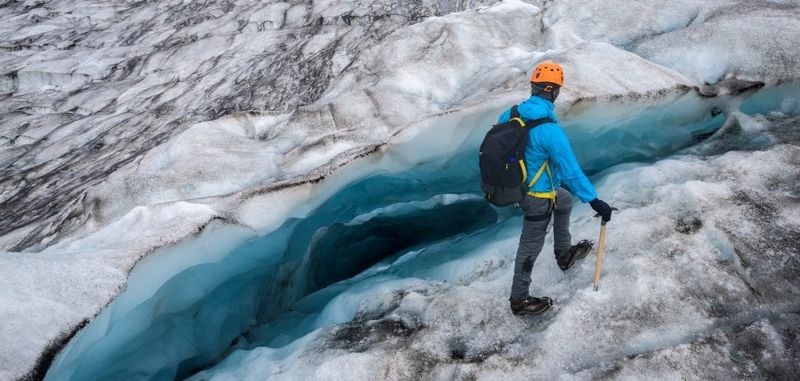
Iceland’s glaciers are awe-inspiring, yet they conceal deep crevasses that pose grave dangers to explorers. These hidden chasms can be covered by snow, making them difficult to spot until it’s too late.
Venturing onto glaciers without proper guidance or equipment can be life-threatening.
Guided tours and expert advice are essential to navigate these icy terrains safely. Iceland’s natural wonders are breathtaking, but respecting their hidden dangers is crucial for a memorable and safe experience.

